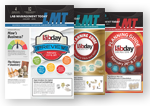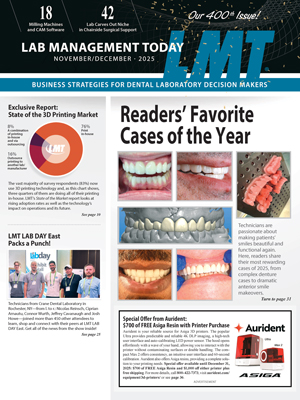5 Tips for Working with Scantist 3D
Posted Apr 18, 2022 in Labs & Profiles
Lab scanners are based on optical measurement methods; the scanner emits a light beam to the surface of the object which is reflected back into the scanner’s sensors. If the object has a transparent or translucent surface, the light passes through it instead of being reflected back and, as a result, the scanner cannot capture the surface texture.
Similarly, if the object has a reflective surface, the light beam is reflected back in a focused instead of diffuse manner. If the object to be scanned has distinct pits, the scanner will receive a reflection from the walls of the pit. This leads to a disturbance in the light pattern which, in turn, leads to erroneous data.
Treating an object with a 3D scanning spray helps prevent shadows and reflections and achieve good contrast values and reliable measurement results. Scantist 3D is a new scanning spray on the market that’s non-slip; suitable for all materials, even very smooth surfaces; forms a homogeneous layer;...




